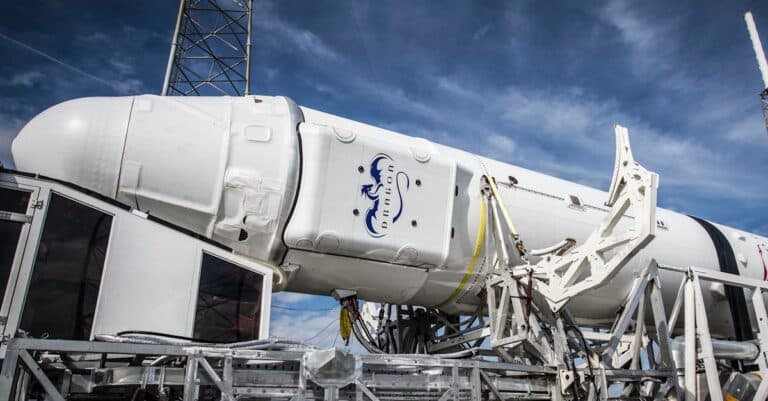The inertial navigation system (INS) represents a major technological advance in the field of modern navigation. Relying on motion sensors, such as accelerometers and gyroscopes, this system allows the determination of an object’s position, speed, and orientation without depending on external sources like GPS. Its autonomy and accuracy make it a preferred choice for various applications, ranging from aerospace to missile guidance systems, as well as maritime navigation. In scenarios where external signal jamming may occur, the INS system ensures continuity of navigation, thereby enhancing the reliability of critical technologies.
The inertial navigation system (INS) is an advanced technology that plays a crucial role in guiding several types of vehicles, including airplanes, ships, missiles, and even land vehicles. It operates based on sensors such as gyroscopes and accelerometers, which measure movements in three dimensions, allowing for the determination of the position, speed, and orientation of an object in real-time.
The main advantage of an inertial navigation system lies in its autonomy. Unlike other navigation systems that depend on external signals, such as GPS, the INS requires no external reference. This makes it an ideal choice for military applications or in environments where signals may be hindered, such as urban or underwater settings.
The sensors of an INS measure motion values starting from a known reference point, thus generating data that allow for calculating the trajectory of the moving object. This process is essential to ensure that vehicles reach their destination with optimal precision. The calculations performed by the system are continuous and real-time, which is necessary for dynamic maneuvers.
In the field of aerospace, inertial navigation systems are extensively used for long-distance airplanes. Traditionally, these systems are combined with other navigation methods, such as TACAN or GPS, to ensure increased redundancy and reliability. When a failure occurs in one of these systems, the INS can take over, thereby ensuring the safety of aviation operations.
Moreover, recent innovations have led to the development of increasingly miniaturized and precise inertial navigation systems. This paves the way for greater integration of INS into various applications, including navigation systems for autonomous vehicles and unmanned aircraft, both of which demand a highly improved level of precision and reliability.
INS are also essential for modern defense technologies. They enable missiles to navigate without depending on external signals, making these systems less vulnerable to electronic disruptions. Consequently, inertial navigation increases the chances of mission success by ensuring that armaments reach their target with precision even in the event of electronic warfare.
In addition to their use in military and aerospace applications, inertial navigation systems are also becoming increasingly common in civilian sectors such as robotics, autonomous vehicles, and space exploration. This is demonstrated by recent projects, where, for instance, the company Exail signed a contract to provide navigation systems to the French Navy for its offshore patrol vessels.
In summary, the inertial navigation system is positioned as an essential element in our modern technological world. Its ability to provide precise navigation data without reliance on external references makes it a crucial tool for various industries, from aerospace to defense, while paving the way for future innovations.

FAQ about Inertial Navigation Systems
Q: What is an Inertial Navigation System?
A: An inertial navigation system (INS) is a device that uses acceleration and rotation sensors, such as gyroscopes and accelerometers, to determine the position, orientation, and speed of a moving object, like an airborne vehicle, a missile, or a submarine.
Q: Why are Inertial Navigation Systems essential?
A: These systems are essential because they allow for autonomous navigation without depending on external references such as GPS, which is crucial in environments where signals may be jammed or absent.
Q: What are the main advantages of Inertial Navigation Systems?
A: The main advantages include their autonomy, their accuracy in calculating movements, and their ability to operate in challenging conditions, making them indispensable for military, civilian, and aerospace applications.
Q: In which fields are Inertial Navigation Systems used?
A: They are used in many fields such as aviation, maritime, missile guidance, and even in space applications, demonstrating their versatility and importance.
Q: How does an Inertial Navigation System work?
A: An INS works by combining sensor data to estimate the position from a known starting point. Accelerometers measure changes in speed, while gyroscopes measure rotations, enabling precise tracking of motion.
Q: What are the challenges associated with using Inertial Navigation Systems?
A: Challenges include drift, which can lead to reduced accuracy over time without recalibration, as well as the complexity of integrating the algorithms and sensors necessary for the optimal functioning of these systems.
























